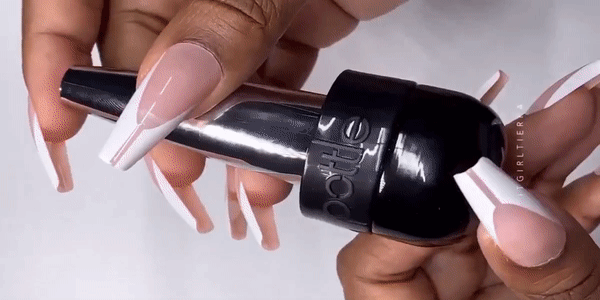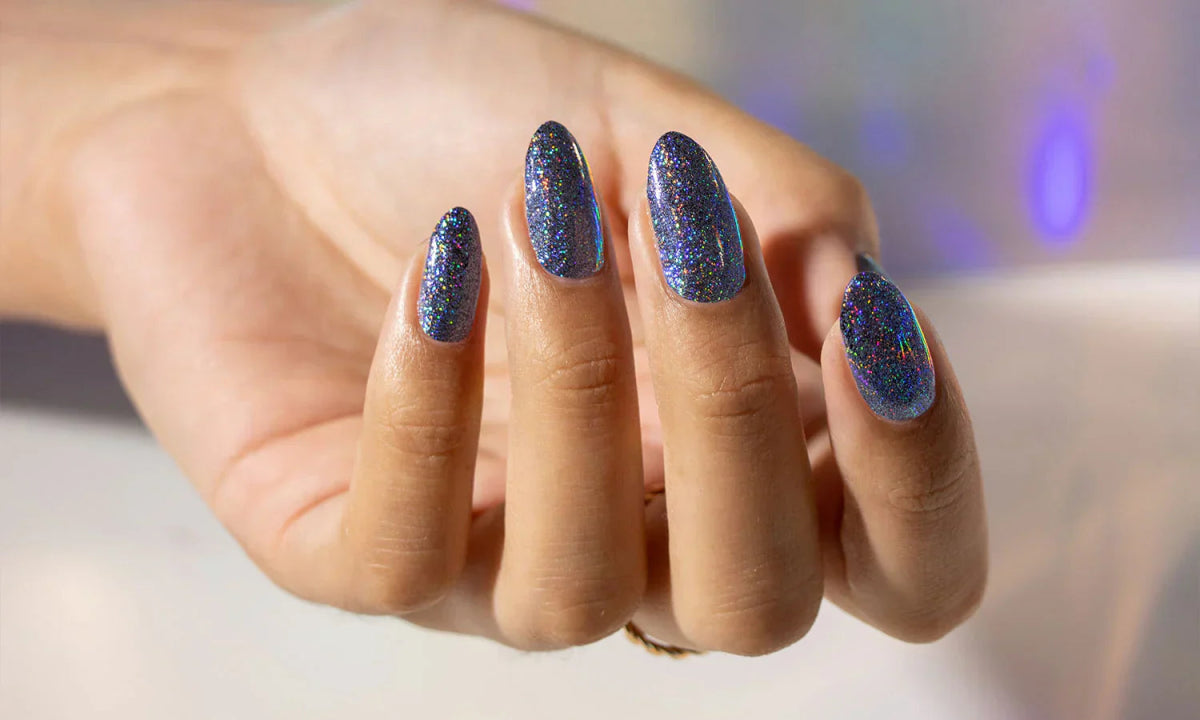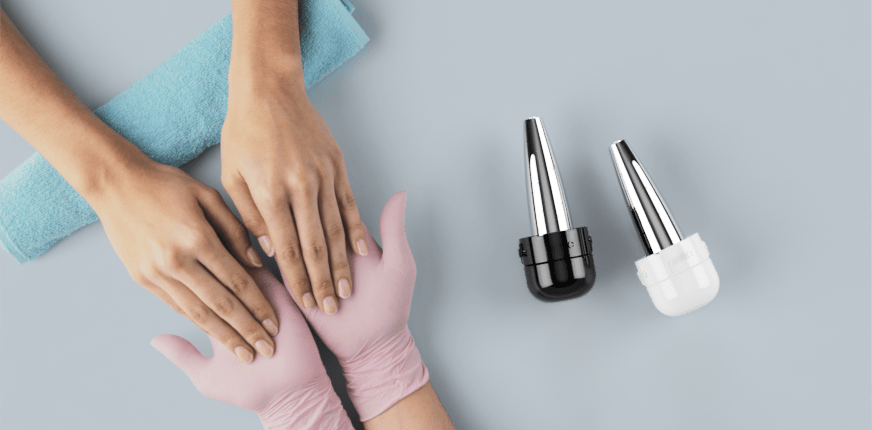In the world of nail care and art, there are endless possibilities for combining different products to achieve long-lasting, beautiful results. One trend that has become popular in recent years is mixing gel polish with builder gel. While both products serve distinct purposes in the realm of manicures, when combined, they can enhance the nail art process, offering several advantages as well as some potential drawbacks. In this article, we will dive into the pros and cons of mixing gel polish with builder gel to give you a comprehensive understanding of this practice.
What is Gel Polish?
Gel polish is a type of nail polish that offers a long-lasting, shiny finish. It is typically thinner than builder gel and is often used for adding color to nails while maintaining flexibility and durability. Gel polish requires curing under UV or LED light to harden and set the color.

What is Builder Gel?
Builder gel is a thicker gel used to create structure and strength in nails. It's often used to extend nails, add strength to natural nails, or help in the creation of nail art that requires volume or sculpting. Builder gel is generally more viscous than gel polish, which allows for more precise shaping and building of the nail structure. Builder gel requires curing under UV/LED light as well.

Pros of Mixing Gel Polish with Builder Gel
1. Enhanced Durability
One of the most significant advantages of mixing gel polish with builder gel is the enhanced durability of your manicure. Builder gel is designed to strengthen the nail, and when combined with gel polish, it helps to create a more robust, longer-lasting finish. This is particularly beneficial for individuals with weak or brittle nails who need extra support.
2. Increased Nail Flexibility
Gel polish alone can sometimes be more prone to chipping, especially for those with nails that tend to bend or flex. Builder gel, being thicker and more rigid, can help maintain the flexibility of the nail while providing added protection. This means you can enjoy a more flexible manicure that resists cracking or peeling.
3. Perfect for Nail Extensions
If you are looking to create extensions or longer nails, mixing builder gel with gel polish is a great option. The builder gel gives you the volume and strength necessary for nail extensions, while the gel polish provides color and design. This is ideal for creating a natural, long-lasting nail enhancement.
4. Streamlined Application Process
Some people prefer mixing gel polish with builder gel because it allows them to streamline the application process. Instead of applying builder gel first for strength and then a gel polish layer for color, mixing the two products together can create a single step, making the application faster and more efficient.
5. Customizable Color and Texture
Mixing gel polish with builder gel allows for greater creativity and customization. By adjusting the amount of gel polish added to the builder gel, you can control the opacity and texture of the final result. This gives you the freedom to create unique finishes and designs that suit your style.
6. Fewer Layers to Apply
Combining these two products can sometimes reduce the number of layers required in your nail application. For instance, you may need fewer layers of gel polish to achieve a full coverage of color, which can make your manicure less time-consuming.
Cons of Mixing Gel Polish with Builder Gel
1. Uneven Texture or Thickness
The texture of builder gel and gel polish is different. While builder gel is thick and can be molded for structure, gel polish is thinner and more fluid. When mixed, these products might not blend seamlessly, leading to uneven coverage or an inconsistent texture. This could affect the final finish, making it look less professional or smooth.
2. Requires Proper Curing
Both gel polish and builder gel require curing under UV or LED light. If the mixture is not properly cured, it can result in a sticky or uneven finish. Additionally, curing time could be longer when mixing these two, which can delay the process and require more attention to detail.
3. Potential for Overbuilding
When using builder gel in the mix, it’s easy to accidentally overbuild the nail. The added thickness can become too bulky, especially if the goal is to maintain a more natural look. Over application of the builder gel can also make the nail more prone to cracks or chips, as it may be too rigid to bend naturally.
4. Incompatibility with Some Gel Polishes
Not all gel polishes are compatible with builder gels. Some gel polishes are formulated in a way that may not bond well with the thicker consistency of builder gel. If you're not careful with product compatibility, the mixture might not cure correctly, resulting in an uneven or poor-quality finish.
How to Mix Gel Polish with Builder Gel Properly

If you decide to mix gel polish with builder gel, following a proper technique will ensure better results. Here’s a basic guide:
1. Preparation: Begin by preparing the nails as usual. Clean, file, and shape the nails before applying any product. Make sure they are free from oil and dirt to ensure proper adhesion.
2. Mixing: In a small pottle, combine a small amount of gel polish with builder gel. Start with a ratio of about 1:1, but you can adjust based on your preferred consistency. Stir carefully to avoid air bubbles.
3. Application: Apply the mixture to the nail in thin layers. Ensure that each layer is fully cured before adding the next. Be cautious about the thickness to avoid overbuilding.
4. Curing: Cure each layer under a UV/LED lamp as per the manufacturer's instructions for each product. Pay attention to the curing time to ensure a fully set result.
5. Finishing: Once the nails are fully cured, apply a top coat to seal in the mixture and provide a shiny finish. Cure again and wipe off any sticky residue, if necessary.
In conclusion
Mixing gel polish with builder gel offers several benefits, including enhanced durability, strength, and flexibility, especially for those looking to extend or strengthen their nails. It can also speed up the application process and allow for greater customization in terms of color and texture. However, there are drawbacks to consider, such as uneven textures and potential challenges with incompatibility.
If done correctly, mixing these two products can yield stunning, long-lasting results. As with all nail care products, it’s important to follow the proper techniques, understand the materials you’re working with, and be prepared for some trial and error to perfect the process. Happy mixing!
xo Nettie





